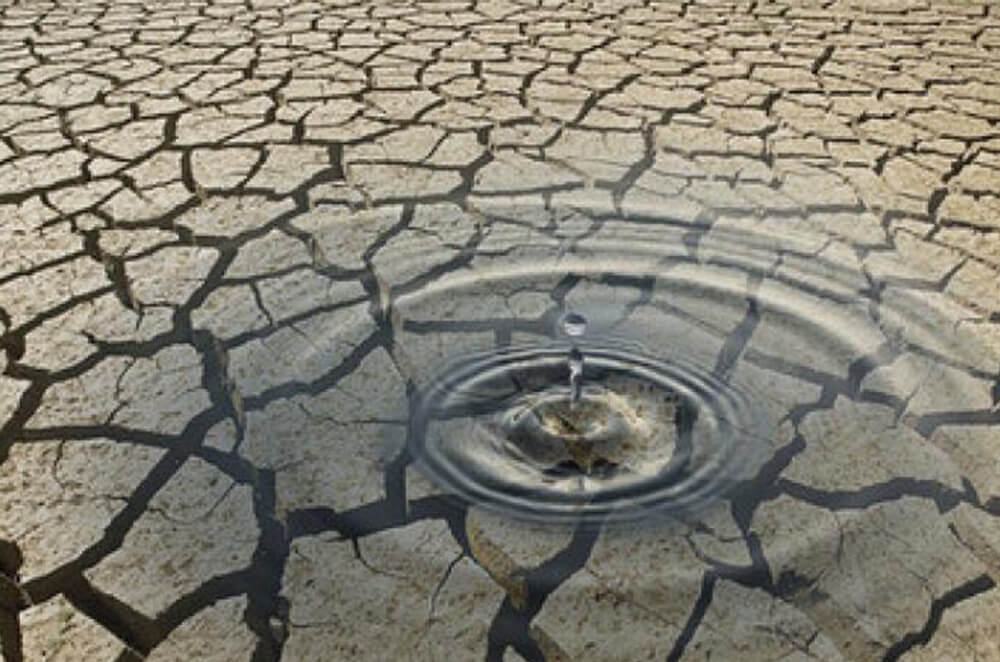
Rising Seas and Dry Wells: Latin America's Double Climate Challenge
Fecha: 28/11/2024
“Paying the Price for Others’ Actions.” An expression that is becoming increasingly relevant in discussions around climate change and its consequences. Too often, the countries that contribute the least to global emissions are the ones most severely affected by global warming.
This is particularly true for Latin America and the Caribbean, a region facing daily challenges from the harsh effects of climate change —like droughts, floods, and forced displacement— while accounting for less than 10% of global greenhouse gas emissions.
One dramatic consequence is the rising sea levels, which threaten all Caribbean islands as well as the coastal regions of Panama, Colombia, Venezuela, Guatemala, and many more countries in the area. According to studies conducted by Panama’s Ministry of the Environment, by 2050, none of the 365 islands in the Panamanian Caribbean will be habitable due to the rapid rise in sea levels.
Some islands are already being evacuated. In June of this year, the Panamanian government relocated 300 families from Cartí Sugdub, the most populated island in the Guna Yala archipelago, to a mountainous area on the mainland. These families are now officially the first climate refugees in Latin America, and predictions indicate they will not be the last.
The rise in sea levels is the result of ocean warming and the melting of glaciers and ice sheets, all of which are direct consequences of climate change. Alarmingly, this trend has accelerated dramatically in the past decade. In fact, the World Meteorological Organization (WMO) confirmed that in 2023, the global average sea level reached a record high since measurements began in 1993.
Rising Seas, Shrinking Water Supplies
At the same time, Latin America faces a significant crisis around access to water. According to the World Health Organization and UNICEF, in 2022 only 75.4% of the region’s population had access to safely managed drinking water services. In other words, 1 in 4 Latin Americans lacks access to clean water.
This issue is compounded by pollution, poor management, the depletion of underground water reserves, and the increasing frequency of droughts—another consequence of climate change.
In just the past two years, the region has experienced severe droughts with far-reaching consequences for the Brazilian Amazon, the Panama Canal, and major cities in Colombia and Mexico, to name a few.
These extreme weather events not only leave millions without water but also harm the region’s ecosystems, which include some of the most biodiverse in the world. From the Amazon rainforest to the coral reefs of the Caribbean, ecosystems in Latin America play a critical role in regulating the planet’s climate and sustaining global biodiversity.
Yet these natural treasures are under constant threat from the very crisis they help mitigate. Rising ocean temperatures, extreme droughts, and deforestation are pushing these ecosystems to their limits, exacerbating the challenges for countries already bearing the burden of a problem they did little to create.
